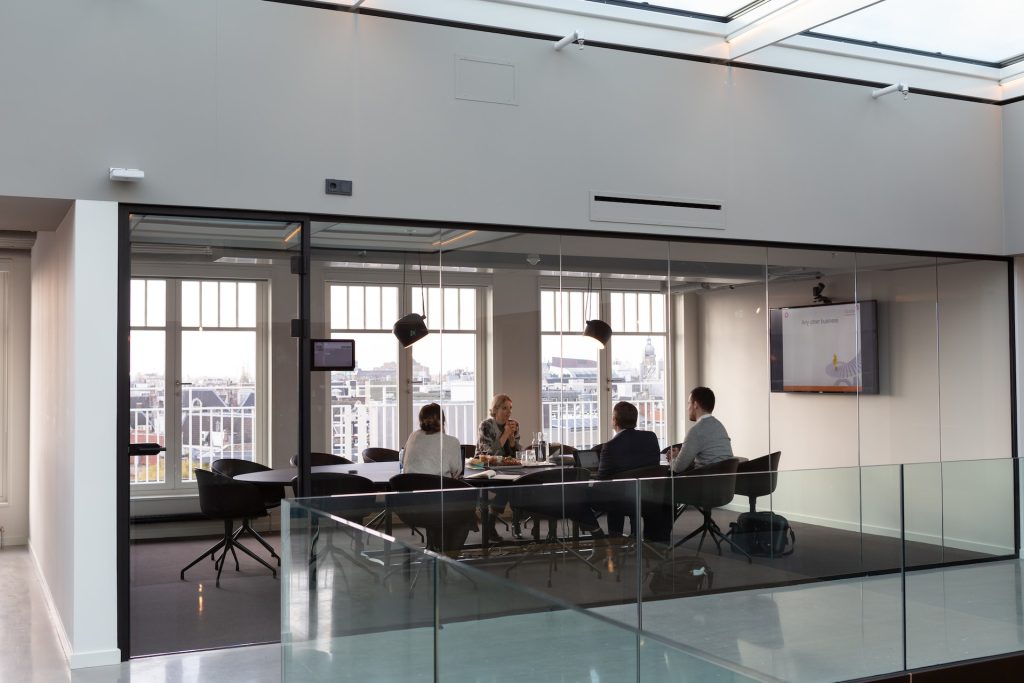Designing Multi-User Bathrooms for Disability Accommodation
Multi-user bathrooms, often found in public spaces, educational institutions, and commercial premises, serve a significant portion of the population daily. However, for disabled individuals, these shared facilities can represent a series of challenges that hinder their privacy, dignity, and, most importantly, their safety. Ensuring accessibility and convenience for everyone, including those with disabilities, requires thoughtful design and implementation of specific features. This article explores the principles and standards that need to be adhered to when designing multi-user bathrooms to accommodate disabled individuals effectively.
Understanding Legal Requirements
Before diving into the specifics of design, it’s crucial to recognize the legal framework that guides the construction and renovation of public bathrooms. Laws such as the Americans with Disabilities Act (ADA) in the United States and the Equality Act 2010 in the UK set out clear requirements regarding accessibility. These regulations are designed to ensure that public facilities, including bathrooms, are accessible to everyone, regardless of their physical abilities. Adhering to these legal standards is not only a matter of compliance but also an ethical commitment to inclusivity and equal access.
Key Design Considerations for Accessibility
When planning a multi-user bathroom that accommodates disabled individuals, several design considerations come into play. These can be broadly categorized into spatial arrangements, fixtures, and amenities.
Spatial Arrangement
Sufficient space is paramount for users who require mobility aids, such as wheelchairs or walkers. Designers should ensure adequate clearance for users to maneuver in and out of stalls and around sinks and drying areas. Ambulatory stalls and larger, wheelchair-accessible stalls equipped with grab bars should be included in the design. The layout should be intuitive, with a clear path of travel that avoids obstacles and potential hazards.
Fixtures and Fittings
The choice of fixtures and fittings plays a crucial role in the functionality of a bathroom for disabled users. Features such as lever-operated faucets, adjustable mirrors, and touchless dispensers enhance accessibility. Stalls must be equipped with grab bars strategically placed to assist with transfers and balance. Additionally, the height of amenities such as sinks, soap dispensers, and hand dryers must be considered to cater to users of different heights and those in wheelchairs.
Flooring and Lighting
Safety in bathroom design extends to the selection of flooring materials and lighting options. Non-slip flooring is essential to minimize the risk of falls, which can be particularly dangerous in a wet environment. Adequate lighting, including natural lighting where possible, helps users navigate the space safely and comfortably.
Innovations in Accessible Bathroom Design
The field of accessible design constantly evolves, with innovations aimed at enhancing usability and safety for disabled individuals. Companies specializing in accessible bathroom solutions, such as Safeshower Bathrooms, play a crucial role in bringing these innovations to market. From walk-in showers with low thresholds to adaptive toilet systems, the focus is on providing a safe, independent, and dignified bathroom experience for everyone.
Implementation and Maintenance
Successful implementation of an accessible bathroom design requires collaboration between architects, designers, and engineers, who must work closely with disability advocates and end-users. Regular maintenance and updates are also crucial to ensure that the space continues to meet the needs of disabled individuals. This includes replacing worn fixtures, ensuring grab bars remain securely fastened, and keeping the space clean and free of obstructions.
Conclusion
Designing multi-user bathrooms to accommodate disabled individuals is a complex but rewarding challenge. By prioritizing accessibility, safety, and inclusivity, designers can create spaces that serve the needs of all users with dignity and respect. Legal guidelines, careful planning, and innovative solutions are key ingredients in achieving bathrooms that truly embody the principles of universal design. With the right approach, multi-user bathrooms can become welcoming spaces for everyone, breaking down barriers and fostering a more inclusive society.



